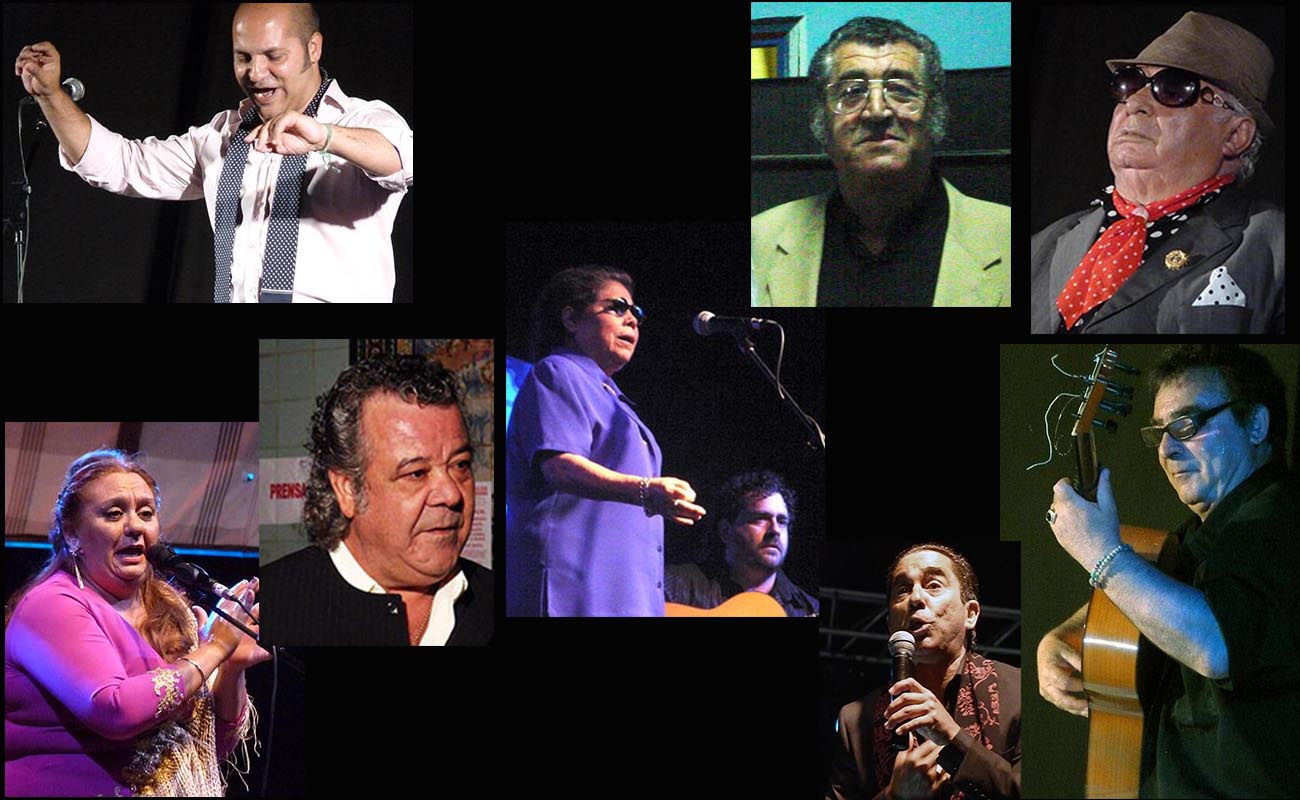Utrera, a different flavor
But what does the flavor consist of? What makes the distinct aroma? Heartbreaking singing, without exaggeration, without the fists and grimaces some performers display.

It’s like the traditional bean stews, potaje and berza. Identical dishes except perhaps for the tagarninas (similar to celery), that give a barely detectable flavor. A few days ago flamenco with the taste of Utrera stopped by Jerez in the person of singer Mari Peña, with Antonio Moya on guitar, and a few days later I attended the 57th Potaje Gitano de Utrera. The unmistakable flavor of Utrera’s singing, and by extension, that of Lebrija, thanks to family ties and a shared heritage, defines the area.
But what does the flavor consist of? What makes the distinct aroma? Heartbreaking singing, without exaggeration, without the fists and grimaces some performers display. If the best Jerez-style singing, for example, is characterized by energy and intensity (think Paquera), the Utrera style in the voices of Fernanda and Bernarda, El Perrate or Gaspar among others, is dry weeping in rhythm, even the song “El Poeta Lloró” (The Poet cried), as performed by the great Utrera-born festive singer Miguel Vargas “Bambino”. It’s weary pain, fatigue that even in moments of joy evokes a subtle feeling of malaise. Those cantiñas of El Pinini with a sorrowful undertone and verses that speak of loss, and the day I die, musically similar, but so different from the bright joy of Cádiz alegrías that paints images of sailboats and muchachitas como flores (young girls like flowers). In the repertoire of Utrera-style singing, there’s no element that could be classified as “chufla”, a term used for anything with a lighthearted or humorous tone as it exists in other geographic zones.
Nor is there a tradition in this locality of cultivating free-rhythm singing such as classic malagueñas, granaínas, or cante minero. Even free-form fandangos are too soporific for the singers of Utrera, who often prefer to perform fandangos to the rhythm of soleá, a style popularized by the singer Manuel Vallejo and danced by Carmen Amaya with great flair.
The rhythmic swing of “cante romanceado” that so strongly characterizes Lebrija is also present in Utrera. It’s the continuous rhythmic drone used in soleá, similar to bulería por soleá (soleá por bulería, al golpe o pa’ escuchar). Some booky individuals refer to it as “rhythmic soleá”. There is limited interest in guitar in Utrera: in the gatherings I recall from the 1970s, there was often no accompaniment. This, in turn, leads to greater serenity in the interpretation. Shirts are not ripped off, but souls are touched.
In the end, it’s two sides of the same coin. In very general terms, it could be said that siguiriya thrives in Jerez, Cádiz, and the Puertos. Soleá, on the other hand, breathes more easily in Utrera/Lebrija. And each place with its own bulerías. While in Jerez the infinite stream of bulerías backs up complete flamenco-tinged songs, in Utrera, everything goes through the blender, and out come short bulerías. As my good friend Faustino Núñez would say: very sophisticated alchemy.




